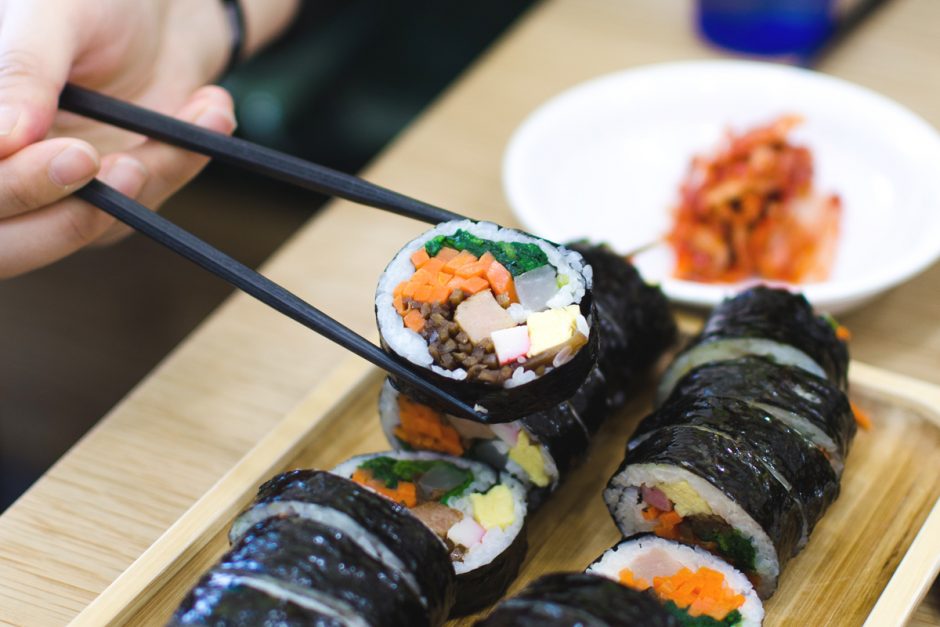Perk Up with 6 Tasteful Malaysian Drinks
Lighten your mood and rejuvenate your senses with 6 must-try Malaysian drinks!
Discover the authentic in Asian cuisine food

If you are wondering what to pack for your kids lunch, orwht to make for a picnic, how about some Korean sushi roll that is easy to make, healthy, delicious and crunchy? Gimbap or kimbap is seaweed wrapped in some steamed rice, spicy kimchi and any other ingredient of your liking (or rather your kid’s choice).
It is believed that Gimbap originated during the Japanese war, when tekkamaki (Japaneses sushi) was served to the soldiers. Japanese used rice vinegar to season the rice but the Koreans use sesame oil.
Although the names of Korean dishes might come across as tough Gimbap is easy to understand. ‘Gim’ stands for seaweed and ‘bap’ means steamed rice.
Cooking the rice: Freshly steamed rice is mixed with salt, sugar and sesame oil.
For the filling: For the filling one can use julienned daikon radish, carrots, blanched and squeezed spinach and few thin strips of egg omelette. You could also use marinated beef strips as a filling. Kimchi of course, goes without saying.
Making the Gimbap: Place the seaweed on the bamboo mat and layer it with the seasoned rice and all the other fillings. Now, roll the bamboo mat applying even and firm pressure ensuring the Gimbap is tightly rolled.
Season the roll: Coat the outside of the roll with sesame oil to give it a shine and also prevent it from drying. Slowly and neatly cut the rolls into small even pieces.
Garnish and serve: Garnish the Gimbap with roasted sesame seeds and serve along with Doenjang or Gochujang. However, we suggest you do not pack dips for the kids as they are spicy in taste.

Lighten your mood and rejuvenate your senses with 6 must-try Malaysian drinks!

Pair your hearty barbecues with these refreshing Asian delights!

What are the properties of ginger, and how to pick, store and use ginger in your cooking? Find out here!